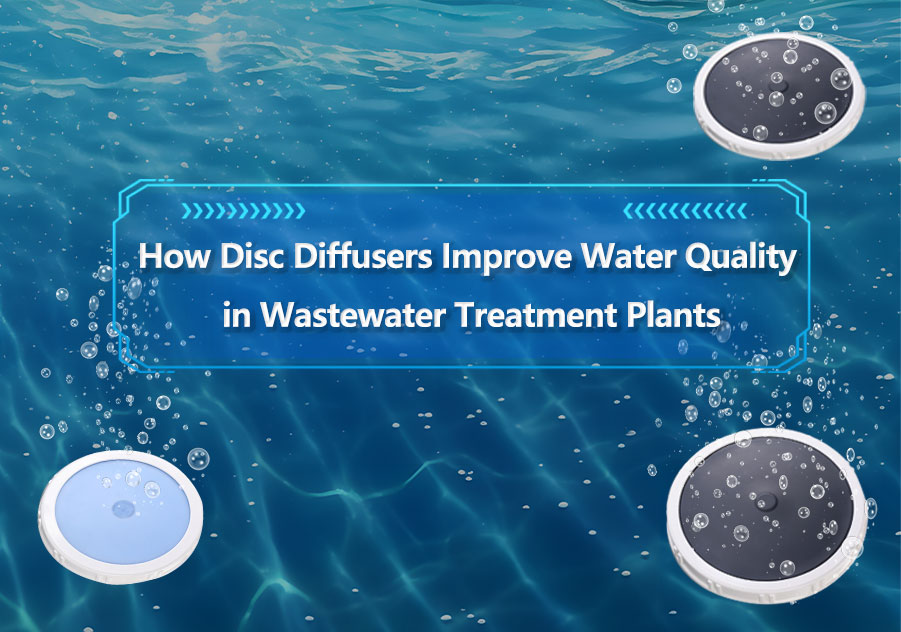 +86-15267462807
+86-15267462807

Introduction
Wastewater treatment plants are critical in safeguarding our environment, and oxygen transfer is a key element in biological treatment processes. Disc diffusers are a highly efficient way of introducing air into wastewater treatment systems, significantly improving water quality. In this article, we explore how disc diffusers contribute to better water quality and overall system performance.
1. Efficient Oxygen Transfer
Disc diffusers provide a uniform distribution of fine bubbles, maximizing the surface area for oxygen transfer. This efficiency is vital for aerobic biological processes, such as the reduction of BOD (Biochemical Oxygen Demand) and COD (Chemical Oxygen Demand).
2. Enhanced Nitrification Process
In many wastewater treatment processes, nitrification—the conversion of ammonia to nitrate—is essential. Disc diffusers ensure that there is an adequate oxygen supply for nitrifying bacteria, promoting the conversion process and ensuring optimal nitrogen removal.
3. Reducing Sludge Accumulation
Fine bubble diffusion helps reduce the accumulation of sludge in wastewater treatment systems. The constant air circulation keeps particles suspended, preventing sludge from settling and reducing the frequency of tank cleaning and maintenance.
4. Lower Operational Costs
Disc diffusers are energy-efficient and reduce operational costs compared to other aeration methods. The fine bubbles they produce require less air pressure to achieve the desired oxygen transfer rate, which leads to lower energy consumption and reduced costs.
5. Improved Overall System Performance
By improving oxygen transfer and reducing sludge accumulation, disc diffusers enhance the overall performance of wastewater treatment systems. The improved aeration results in better water quality and more efficient nutrient removal, leading to higher compliance with environmental regulations.
Conclusion
Disc diffusers are an essential component in modern wastewater treatment systems, contributing significantly to water quality improvement. With their ability to deliver consistent, efficient oxygen transfer, they enhance biological treatment processes, reduce energy consumption, and lower operational costs.